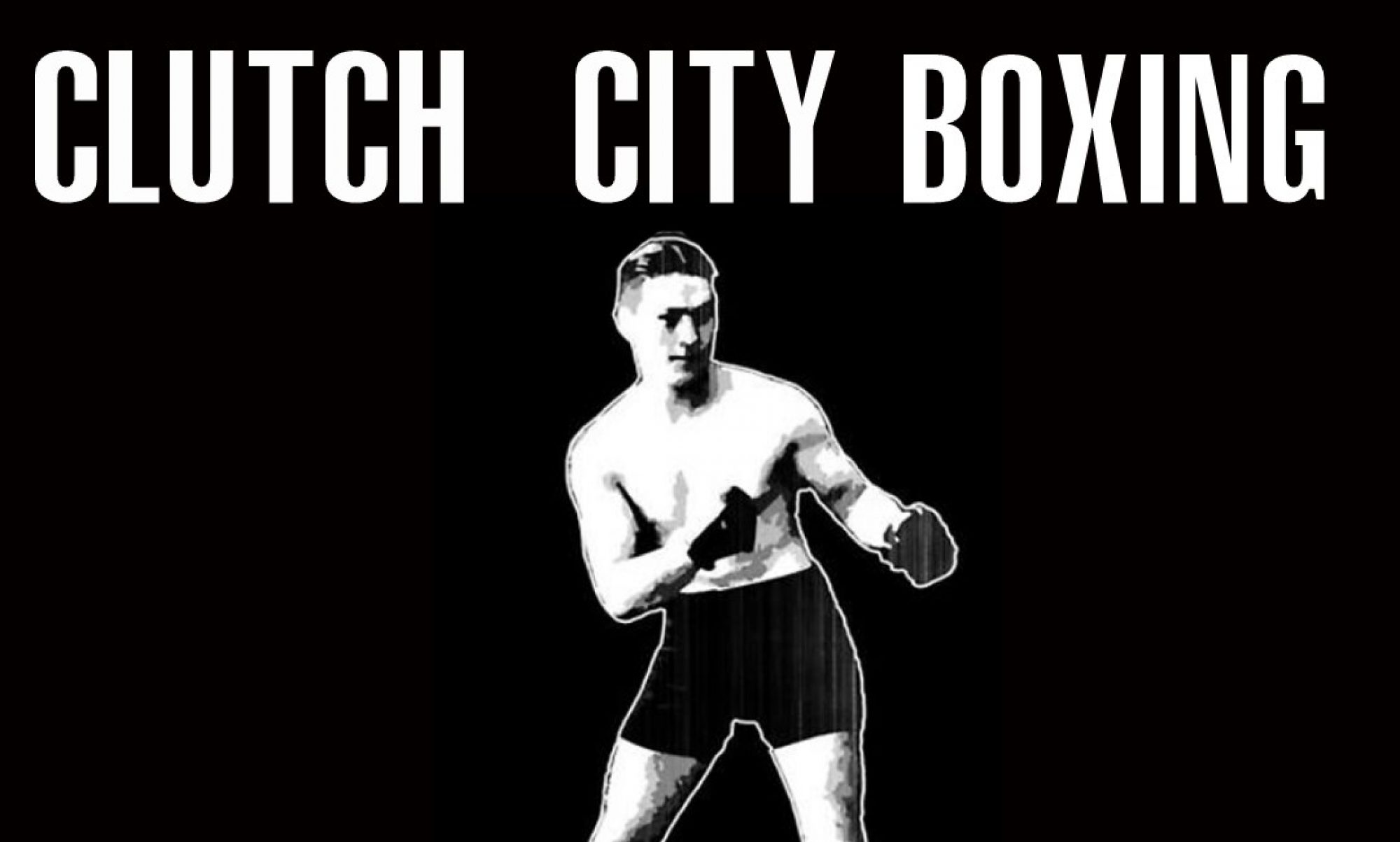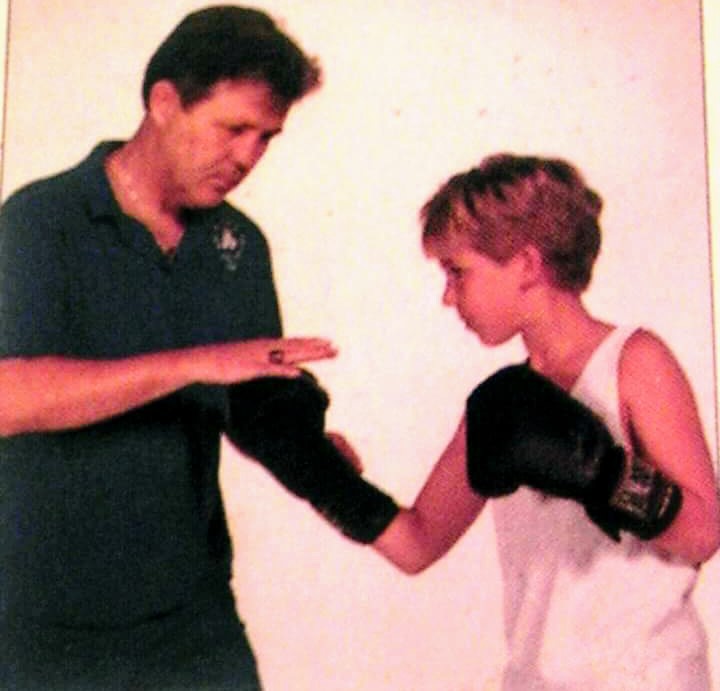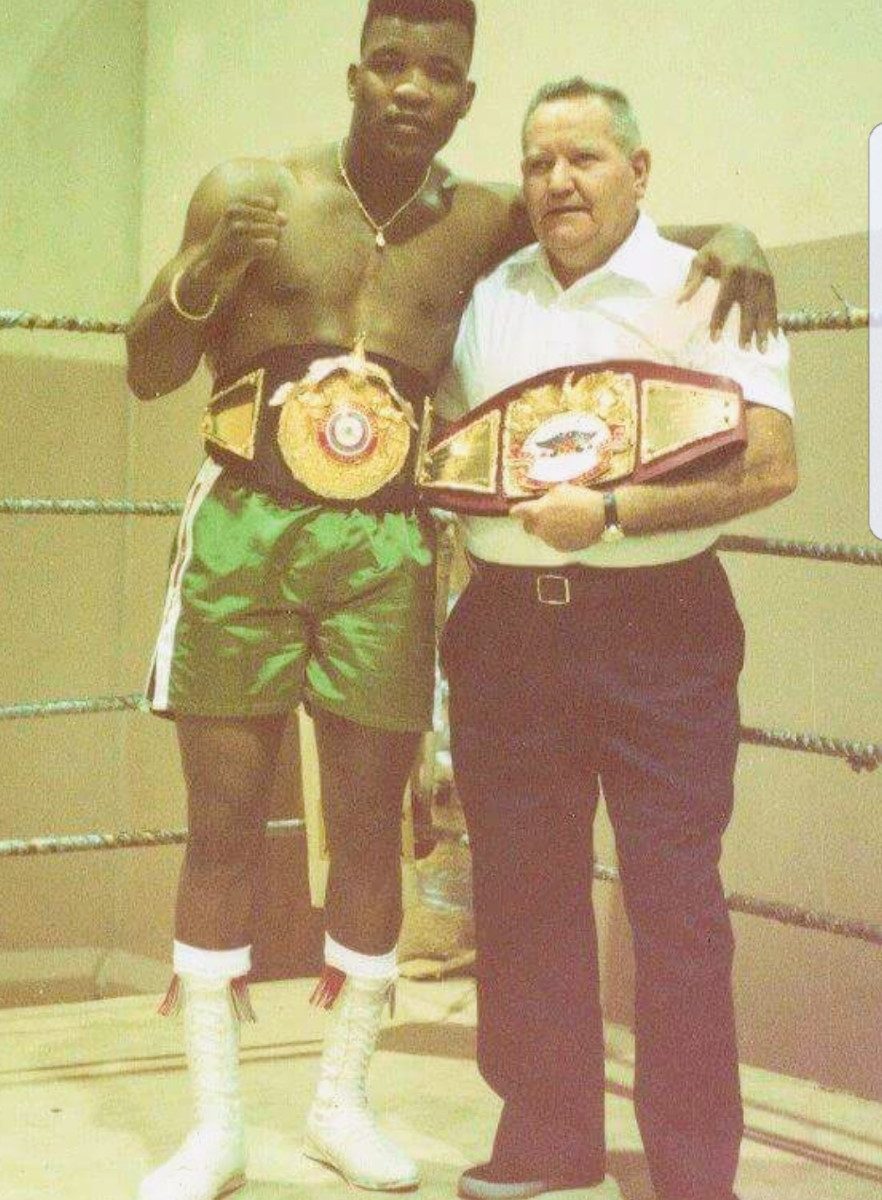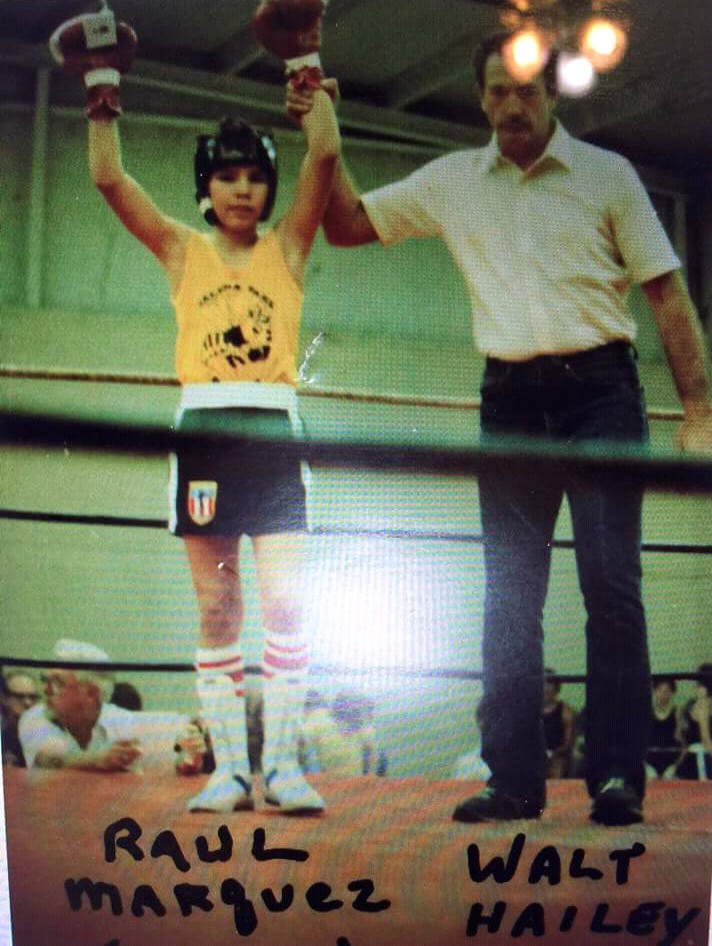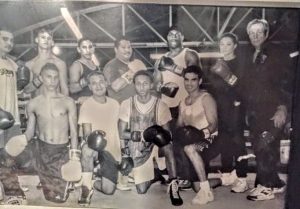Several months after I moved to California, I began to get homesick, so I dropped in to the nearest gym. It had all the standard trappings of the boxing gyms I grew up in. Fight posters on the wall, the rhythmic sounds of the speed bag, and even that distinct boxing gym smell - a smell only achieved through old sweaty headgear and damp canvases.
But something struck me as odd. All of the heavy bags were lined up against the wall, close together, on short chains. None of them could swing more than a couple of feet in either direction. The double-end bag (or “crazy bag” as some people call it) was strung so tight that if you hit it, the bag bounced rapidly in an eight-inch circle. The uppercut bag was attached to the wall and didn’t move.
I asked the gym manager if he had any bags that moved more . He said, “No we want your punch count up. Why would the bag need to move any more than that?” I responded, “because people move”.
I use this story, not to call this particular gym out(the guys there were in great shape), but because I’ve seen numerous gyms with the same problem. It is a problem that is leading to a decline in the skills of our fighters and most people don’t know or understand it.
For those who don’t know me, Kenny Weldon is my Dad. Over the years, my dad’s fighters were known for their footwork. He worked as a technique and balance coach for Evander Holyfield, Vinny Paz, Pernell Whitaker, and others. He coached the Olympic boxing team in 1988. All of those guys could move.
A lot of that movement comes from teaching proper fundamentals and a sound philosophy. The way my dad taught, almost everything was dictated by movement. Direction will dictate what punches you throw and, if you know what you’re doing, can help you dictate what the other guy throws as well. Fundamentally sound movement is vital in boxing.
Watch my dad hold hand pads. He doesn’t have to tell the guy what to throw. the guy just knows by the way my dad is moving and holding his hands-just like a fight. It is a beautiful dance of motion and explosion.
But all the teaching in the world doesn’t matter if your fighters don’t practice. And most practice happens on the floor of the gym. Keeping your feet in position to hit and respond to moving targets takes reflexes and timing honed by hours of practice.
Which brings us to hanging bags. Growing up in my Dad’s gym, everything was in constant motion. Each heavy bag was hung on a long enough chain to swing in an eight foot circle. The double-end bags moved in short and long rhythms, sometimes stretching several feet when hit. The “ish’ bag moved even more.
These bags weren’t hung that way on accident. The heavy bag needs eight feet, because that is the minimum distance you need to practice pursuit, cutting off the ring, moving backwards, and doing bumps and turns. The double-end bags are hung at different heights and in different rhythms, because that simulates the various styles that you will fight. Even the speed bag needs enough room so that you don’t just stand there in one place while you hit it, (an all too common practice).
This wasn’t a novel invention. Watch old films of Ray Robinson training. You will see the same thing.
It sounds overly simplistic, but I can often tell whether a guy will have fighters with good feet just by how he hangs his bags. So the question is….do your bags move?

